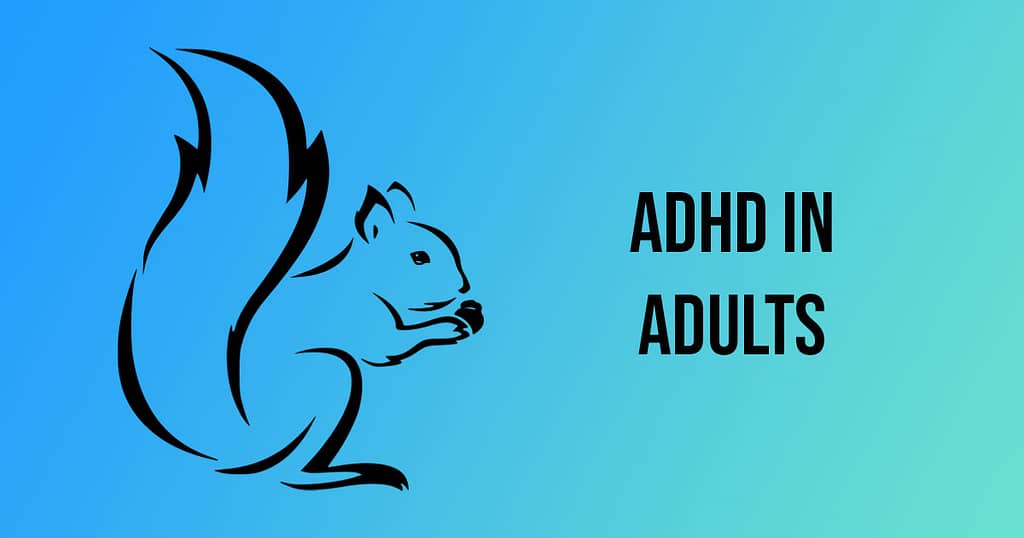ADHD – What it is
Adult ADHD is a mental health disorder that affects peoples behaviour. Symptoms typically show as difficulty in paying attention, issues with sitting still, and impulsive behaviour. It starts in childhood, but is sometimes not diagnosed until the person is an adult. For someone like me, born in 1970, childhood diagnosis wasn’t really an option as the condition was not widely understood. As a result I unknowingly developed masking strategies that helped me to minimise or at least try to hide its impact through most of my life. The emotional cost of doing this, due to the high level of effort involved, has led to lasting mental health issues that were also undiagnosed for many years, and this is fairly typical.
In childhood the hyperactivity element presents as exactly that, an inability to stay still, and this reflects more readily in boys, while girls with ADHD tend to be more introverted instead. In adults this hyperactivity often evolves into more subtle practices, such as leg shaking, fidgeting, and an inability to sit still for long without shuffling.
ADHD tends to run in families, and, in most cases, it’s thought the genes you inherit from your parents are a significant factor in developing the condition. Research shows that parents and siblings of someone with ADHD are more likely to have ADHD themselves. However, the way ADHD is inherited is likely to be complex and is not thought to be related to a single genetic difference.
ADHD – What it isn’t
It’s not an out and out disability. It’s covered by disability legislation in the UK for discrimination protection purposes, but you can’t get a blue parking badge or a load of state benefits for it! It’s also actually rather poorly named as it’s only a disorder in terms of its medical classification, and the emphasis on the word hyperactivity is misleading as much of it is internalised in adults. It is also not a deficit of attention, it is an inability to control it.
It’s better to think of it as basically being about having a fully functioning brain that’s been built with an alternate wiring system to the norm.
There are 3 types of ADHD
The symptoms of attention deficit hyperactivity disorder (ADHD) can be categorised into 3 types of behavioural challenges:
- Predominantly inattentive (difficulty concentrating and focusing) – ADHD-I
- Predominantly hyperactive-impulsive – ADHD-HI
- Combined type – ADHD-C
ADHD Traits
Inattention Traits
- Carelessness/Lack of attention
- Starting new tasks before finishing the old one
- Poor organisational skills
- Does not follow through on instructions
- Missing deadlines
- Inability to focus or prioritise
- Poor listening skills
- Losing stuff
- Distractible
- Forgetfulness
Hyperactivity Traits
- Restless and/or edgy
- Noisy
- Interrupter/disrupter
- Talks excessively
- Doesn’t wait for the question to finish before blurting out an answer
- Can’t queue
Other Traits
- Irritable with a quick temper
- Low stress tolerance
- Risk taking
Managing life with ADHD
This typically involves a 3-pronged approach:
- Medication – stimulants are used. They help the user to concentrate better and it can make them less impulsive and calmer
- Behavioural Therapies – including Cognitive Behavioural Therapy (CBT) are used to process through a diagnosis and the mental health issues that may come from it
- Coaching – to develop coping strategies to help the ADHD brain to manage the environment around them
Some Impacts of Adult ADHD
- unstable relationships
- impulsive spending
- financial issues
- poor work performance including deadline issues
- low self-esteem
- transient friendships
- substance misuse
- extreme risk taking
- compulsive eating
- anxiety
- chronic stress
- sleep problems
- screen addiction
- sexual problems
- emotional outbursts
Related blog posts:
ADHD and Asperger’s – My Story


 [wpforms id=”1191″ title=”true”]
[wpforms id=”1191″ title=”true”]
I am currently sitting working whilst listening to Effective Beta Waves (focus study music) to aid concentration – I can relate to ‘squirrel brain’ for sure.
I like how you are dealing with things.
A blog certainly gives structure and if its written down it’s out of your mind.
Thanks Annie, I really appreciate you taking the time to comment. I needed to get all out of this stuff out of my head in an orderly fashion so I could process it for myself and my son suggested doing it as a blog to help others, neurodiverse and neurotypical. I’m lucky, I had a PTSD diagnosis a while back and worked through that, and the ADHD and Aspie basically give me my root cause. If I hadn’t done the PTSD work I think I’d be extremely angry right now and dealing with all of this would have been a challenge, but I’m not. Instead I’m incredibly curious so once I’ve got my own stuff in order I will be carrying on looking at the world of neurodiversity and trying to help explain it to anyone that will listen!
Pingback: ADHD & ME PART 1 – INATTENTIVE TRAITS - Ed's Squirrel Brain
Pingback: ADHD AND ME – PART 2 – HYPERACTIVE-IMPULSIVE TRAITS
Pingback: ADHD explained in numbers - Ed's Squirrel Brain
Pingback: ADHD & Rejection sensitivity dysphoria - Ed's Squirrel Brain